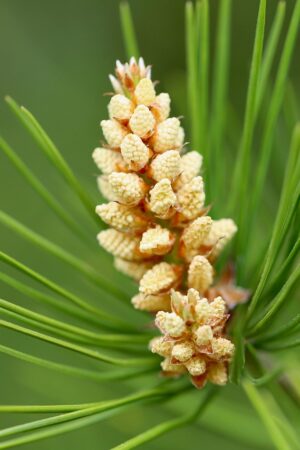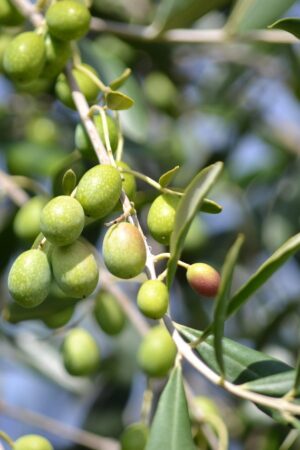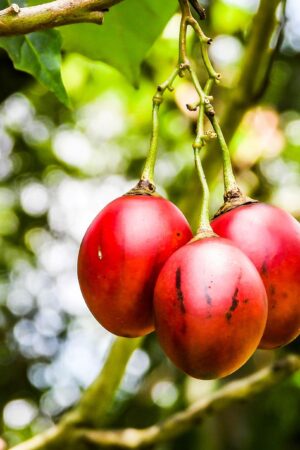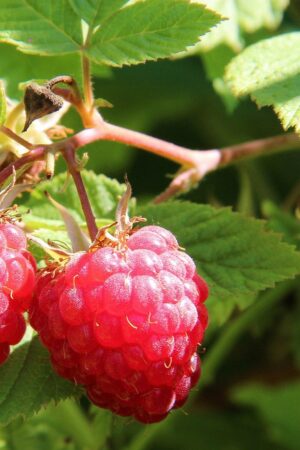A small, deciduous tree producing custard-like tropical-flavored fruit. Itâs hardy and adaptable to cooler climates.

Darryl and the team are busy finalising a huge range of plants and sizes for you to purchase with ease from our website, but we arent quite there yet, if something catches your eye – please contact us directly in the meantime

Mountain Paw Paw
Asimina triloba
A small, deciduous tree producing custard-like tropical-flavored fruit. Itâs hardy and adaptable to cooler climates.
$30.45
Care guide:
- Choosing the Right Location
- Sunlight: Thrives in full sun. Ensure it gets at least 6–8 hours of sunlight daily.
- Soil: Prefers well-drained, fertile soil with plenty of organic matter.
- Spacing: Allow 3–4 metres between trees for optimal airflow and growth.
- Planting Time
- Best Time to Plant: Early spring (September–November) or early autumn (March–May).
- Preparing the Planting Site
- Soil Preparation: Mix compost or well-rotted manure into the soil.
- Digging the Hole: Dig a hole twice as wide as the root ball and slightly deeper.
- Watering Hole: Water the hole before planting to settle the soil.
- Planting
- Plant Placement: Position the tree with its root collar level with the soil surface.
- Support: Stake young trees to protect against wind.
- Watering and Fertilising
- Watering: Keep soil consistently moist, especially during dry spells.
- Fertilising: Use a balanced fertiliser in early spring and mid-summer.
- Mulching and Maintenance
- Mulching: Apply a thick layer of mulch to retain moisture and suppress weeds.
- Pruning: Light pruning in winter to maintain shape and remove dead wood.
- Pest and Disease Control
- Pests: Watch for sap-sucking insects and treat with neem oil if needed.
- Diseases: Avoid waterlogged soils to prevent root rot.
- Winter Care
- Hardiness: Protect from frost with mulch or frost cloth in cooler regions.
- Common Uses
- Grown for its unique tropical-tasting fruit.
- Provides ornamental value with its large, lush leaves.




